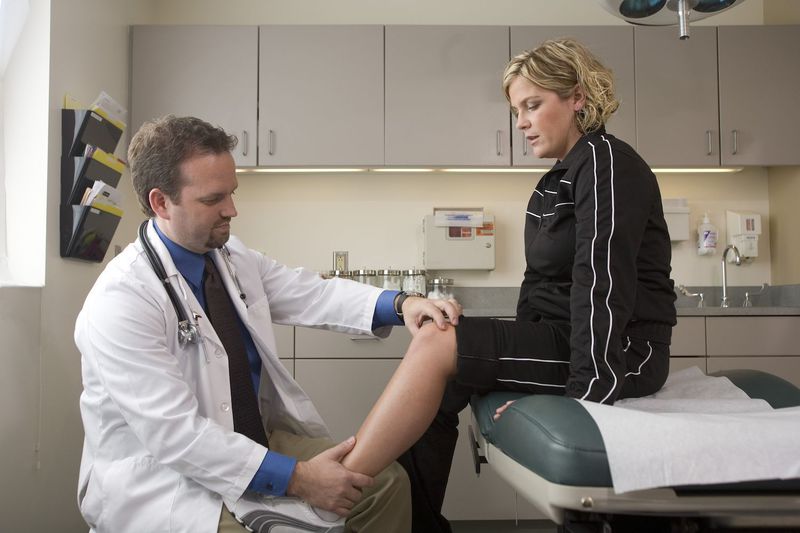
Tibial Rotation Strength Deficits Post-ACL Reconstruction: Hamstring vs. Patellar Tendon Autografts
J. Dorris, M.R. Torry, D. Newfield, M.J. Decker, R. Viola, J.R. Steadman
SteadmanPhilippon Research Institute, Vail, CO
Approximately 50,000 ACL reconstructions are performed in the United States annually1. While many (76%) surgeons use bone-patella tendon-bone (BTB), 21% use (medial) hamstring autographs for their primary reconstruction2. The purpose of this study was to determine internal tibial rotation (ITR) and external tibial rotation (ETR) peak torque differences between hamstring and BTB reconstructed patients. Patient inclusion criteria were: = 1yr. post surgery and a normal contralateral knee. 46 patients, 23 (16 male, 7 female) treated with BTB autograft and 23 (9 male: 14 female) treated with hamstring autograft reconstruction were positioned on a Cybex in a supine position with the hip at 60° and the knee and ankle at 90° of flexion. Five maximal, concentric, ITR and ETR peak torque values were recorded and averaged during three isokinetic speeds (60, 120, 180°/sec). Relative ITR and ETR peak torque deficits were calculated by subtracting the absolute score of the involved limb from the score of the uninvolved limb. Between group, relative ITR and ETR peak torque deficits were compared using an unpaired t-test (p = 0.05). Results showed that relative ITR peak torque deficits of the hamstring group were 2.6, 3.0 and 3.2 foot/lbs. at angular velocities of 60, 120, and 180°/sec. The relative ITR peak torque of BTB group were 0.7, 0.3, and 0.4 foot/lbs. There were significant differences between the magnitudes of relative ITR peak torque deficits at all speeds (p = 0.02). The relative ETR peak torque deficits of the hamstring group were -0.7, 0.0, and -0.7 foot/lbs. at speeds of 60, 120, and 180° /sec. The relative ETR peak torque deficits of the BTB group were 2.4, 2.1, and 1.6 foot/lbs. There were significant differences between the magnitudes of the ETR peak torque deficits between groups at all speeds (p = 0.01). The type of ACL reconstruction surgery has a residual effect on the ability to generate ITR and ETR peak torque. {1Johnson, AJKS, 44:391-406, 1995; 2Campbell, AJKS, 11:2:1-8, 1998}

